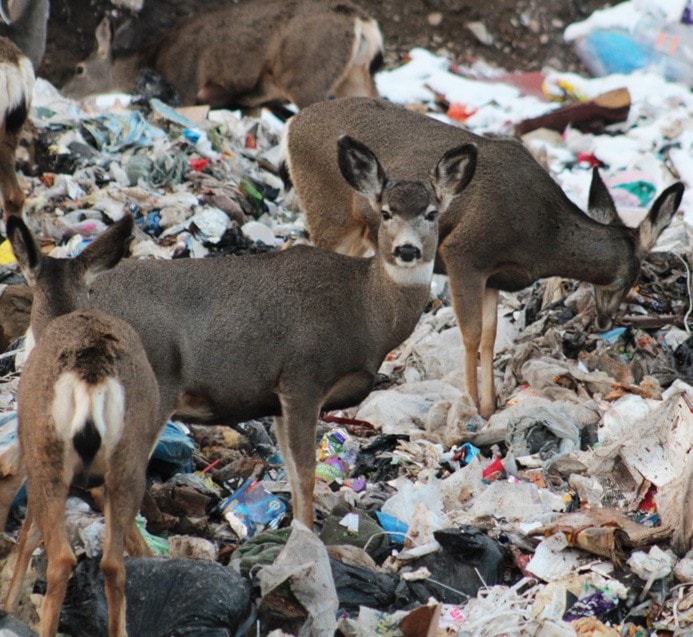Starting back several years ago, Cranbrook residents began complaining more and more frequently about deer conflicts within their community. In October of 2010, the City of Cranbrook set up a Urban Deer Management Advisory Committee. This group has been working to come up with a plan to manage the deer problem.
Part of this process beforehand included a survey which was sent out. The survey required residents to rate their level of concern regarding the deer population. There were 49 questions on the survey including simple questions about each respondents age, gender and area of residence. There were also questions regarding property damage, vehicle damage, deer aggression and interaction with pets. The survey was very thorough and included methods home owners had used to protect themselves or their property from deer, the financial implications of methods employed, views on feeding the deer and actions respondent felt were acceptable surrounding the urban deer population.
Survey results were released on Oct. 4 of 2010. Many of the respondents answers to the various questions were spread out, but one answer which was not hard to figure out was how people felt about whether or not something needed to be done. Seventy eight per cent of those who responded stated in no uncertain terms that no action towards the deer problem was not an acceptable option. Some residents favoured controlled hunting while others favoured sharpshooting. As a short term option, a high percentage of the respondents felt that a short term management option was necessary. Capture and euthanize, capture and relocate and controlled public hunting garnered over 60 per cent of the vote. Over the long term, residents felt controlled public hunting, capture and euthanize and sharpshooting were the best options.
In August of 2010, a Deer Feeding Prohibition bylaw was passed. The purpose of the bylaw was “to prohibit feeding of deer within the City of Cranbrook with the intent to reduce the deer population within City boundaries.” The bylaw enables fines to be issued for offences. A first time offender receives a $100 fine, a second offence earns a $200 fine and a third offence garners a $500 fine. “Subsequent offences will be prosecuted under the Offence Act which provides for fines greater than $500.”
The City of Cranbrook has added a page entitled “Living with Urban Deer” to their city website. The page includes links to their resident survey, feeding prohibition bylaw, and their urban deer management strategy report and summary report.
A deer count was also part of the process. For three successive Saturdays members of the Urban Deer Management Committee did a city wide deer count. The results found there to be a 3.7/km² in the city limits. A surprising note was that while in Cranbrook residents felt there was a need to do something with regard to their deer population, Kimberely’s deer count found their population to be at 20 deer/km².
The committee recommended a number of steps be taken to deal with their deer. The management plan included a public education campaign, a cull of problem deer, a capture and relocate program, a controlled perimeter mule deer doe hunt and an ongoing monitoring program.
A 64 page British Columbia Urban Ungulate Conflict Analysis Summary Report of Municipalities has been released by the B.C Ministry of Environment. There is also a 264 page information package available. The report was prepared by the B.C. Conservation Foundation. “The municipalities with the greatest challenges are Princeton, Kimberley and Grand Forks,” states the report. “Princeton and Kimberley have resident populations of mule deer and aggressive incidents are becoming more frequent.”
Locally councillor Jason Earle has taken on the task of following through with the urban ungulate conflict analysis program. “As outlined, the next step we are taking is a survey which will be distributed at a public meeting. We encourage anyone with interests or concerns about the deer to attend. Council will make decisions on which direction to pursue based solely on the results of the survey.”
